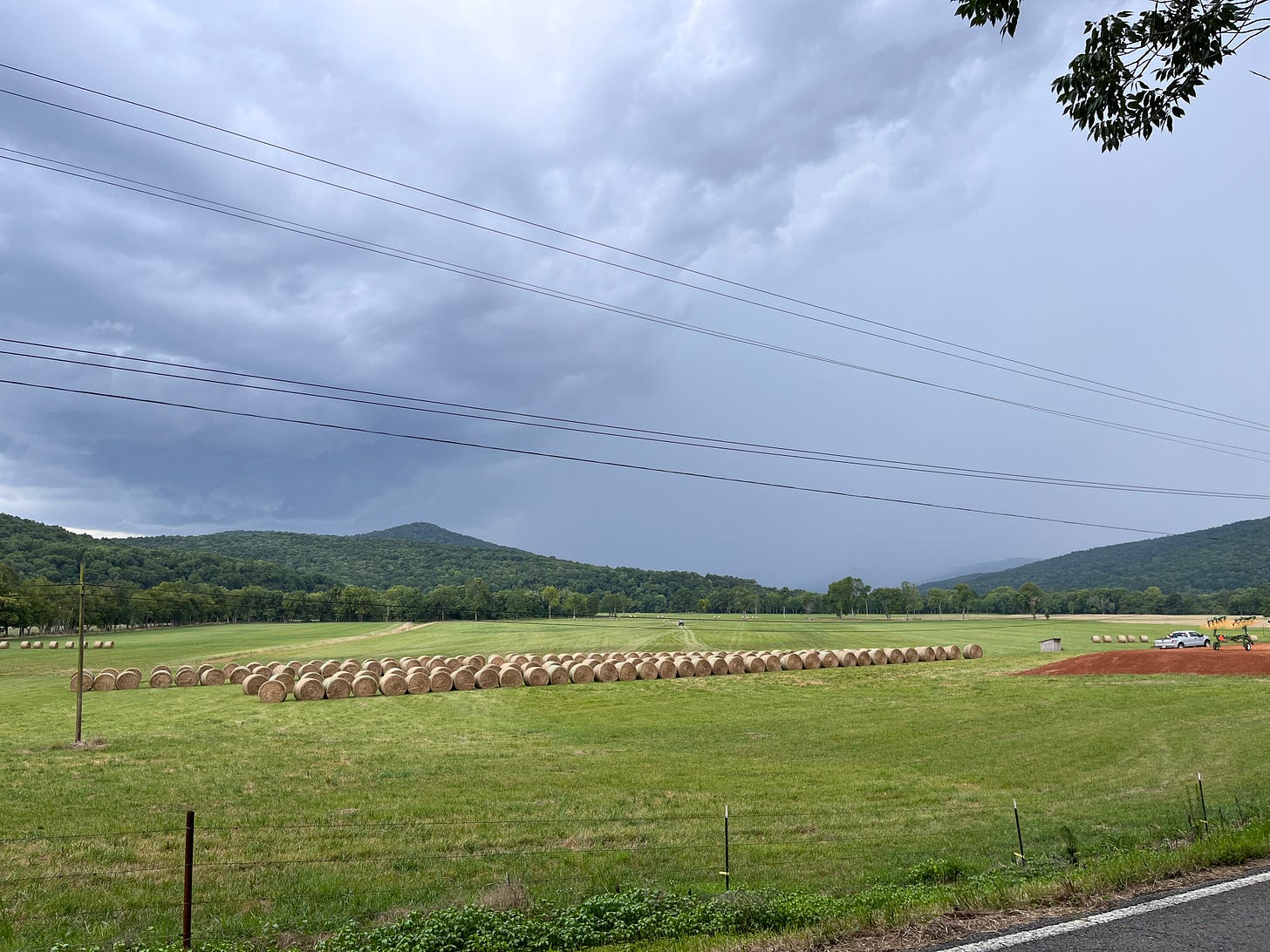What's Happening in August
August is an interesting and hard month for me. It feels like the summer version of February, where everyone is ready for the change of seasons. There are things I like about this time of year, though. School kicks back in for the kids and schedules begin to get back into a rhy…
Keep reading with a 7-day free trial
Subscribe to The Common to keep reading this post and get 7 days of free access to the full post archives.





